Our Insights
Innovative Ways - Satisfied Clientele

We use cookies to improve your experience on our site. Please accept cookies for optimal performance.
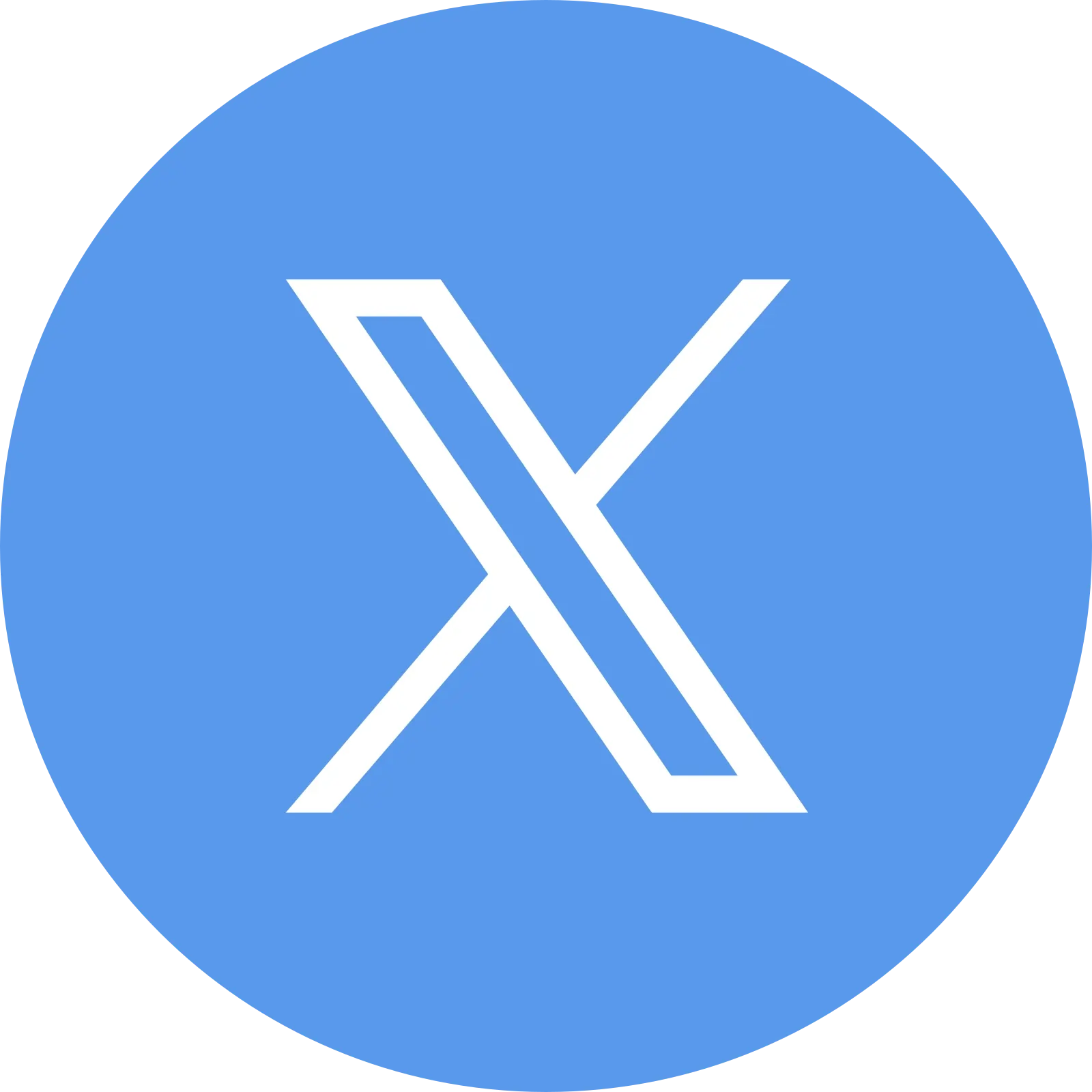
601 & 612, The Times square Arcade, Near Baghban party plot, Thaltej - Shilaj Road, Thaltej, Ahmedabad, Gujarat - 380059
Request For a Free Consultation
Innovative Ways - Satisfied Clientele

Kapil Panchal - July 16, 2021
Developers and admins in Salesforce should constantly be on the lookout for effective deployment tools for answering questions, resolving bugs, and keeping the production orgs in the best possible condition. However, there are times where developers might encounter a stumbling block in the event of testing the changes they have made to the Salesforce sandbox before deployments are made to the production environment. Table of Content 1. Software development today 2. Ascertain...
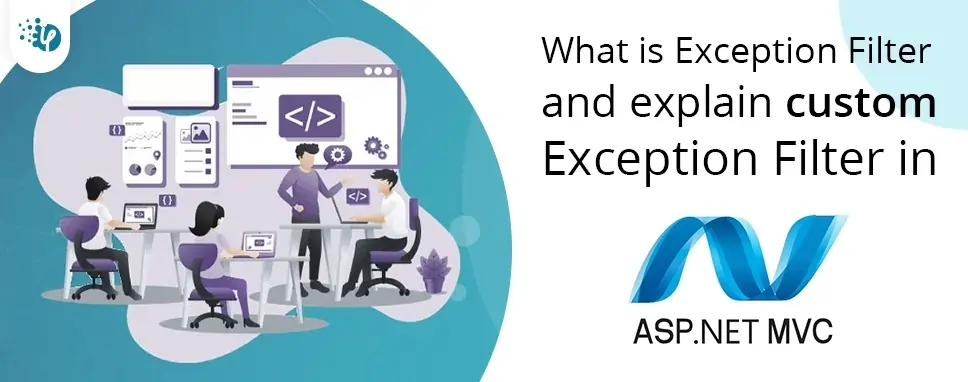
Kapil Panchal - July 15, 2021
Table of Content 1. What is an Exception Filter? 2. Custom Exception Filter 3. Creating Custom Exception Filter 4. Conclusion What is an Exception Filter? Exception Filter provides an ability to handle the exception for all the method, controller classes in one place. Exception filters execute when some of the exceptions are thrown from an action. The exception can be anything. This is by creating a class that inherits from IExceptionFilter and FileAttribute...
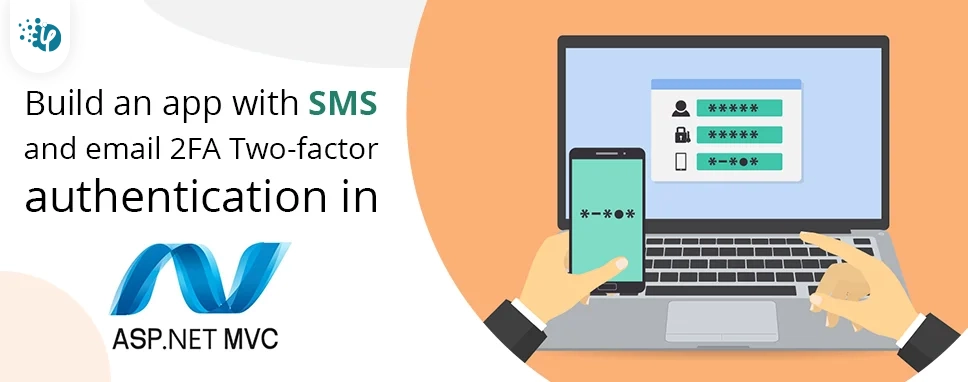
Kapil Panchal - July 15, 2021
Two-factor authentication (2FA) is an excellent way to enhance both the robustness of your authentication system and the user experience with your authentication process. 2FA adds something that a user has to what he knows in the process of checking what he tells himself to be. Table of Content 1. Create the ASP.NET MVC application. 2. Configuring the SMS for two-factor authentication. 3. Determine user credentials for the SMS provider. 4. Specify SenderID / Original. 5....

Kapil Panchal - July 15, 2021
Table of Content 1. Introduction 2. Create Your MVC application 3. SQL Database part 4. Enable-migrations 5. Implementing Membership Provider and Role Provider 6. Create a controller 7. Authorization filter 8. Conclusion Introduction In this blog, we'll show you how to make your authentication application. Authentication and authorization are indispensable aspects for any website project to grant users access based on their roles, as you may know....
Recent Posts
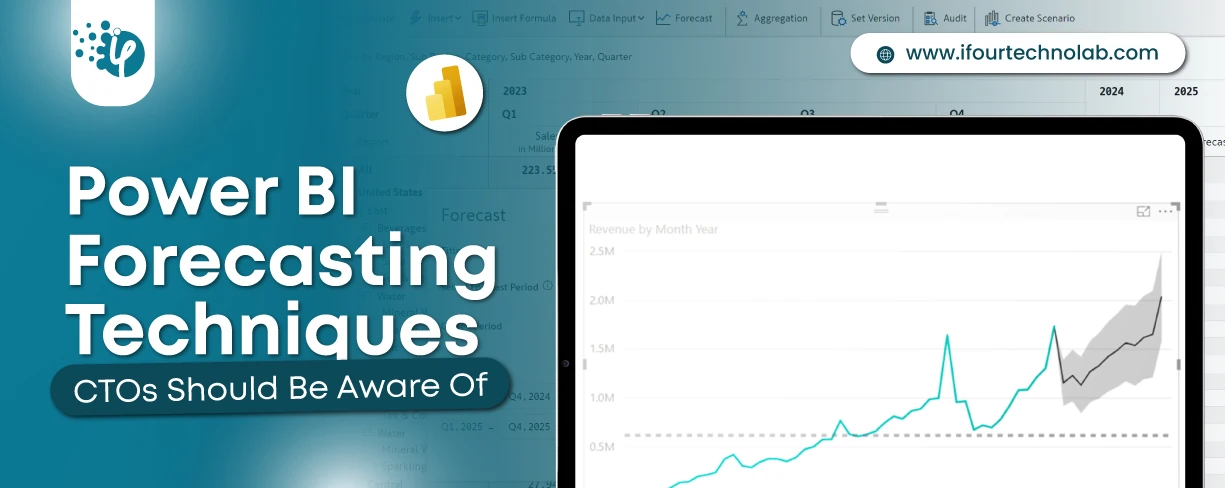
How to Do Forecasting in Power BI (Steps & Accuracy Metrics)
December 02, 2025
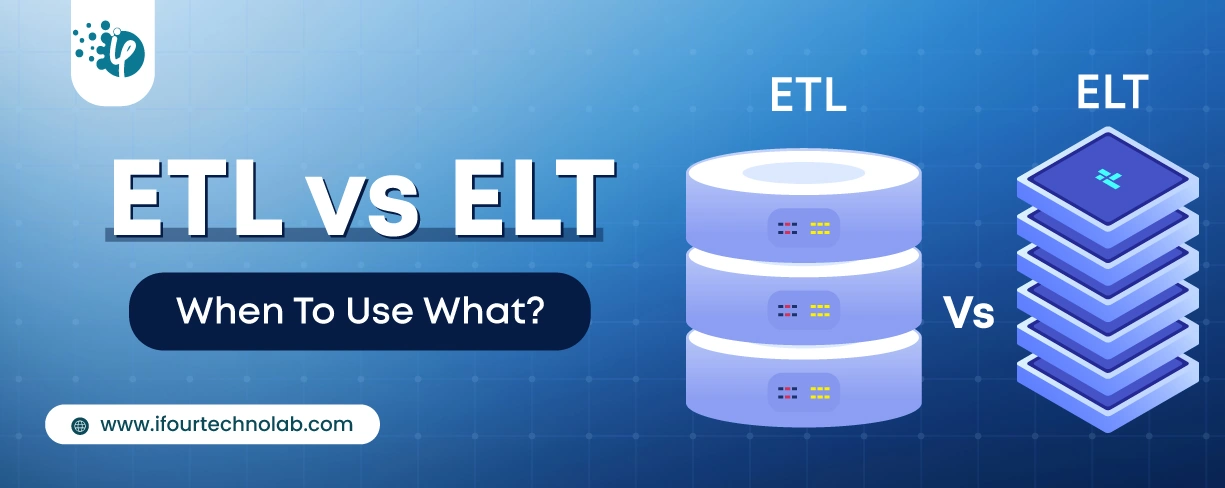
ETL vs ELT: Key Differences, Benefits & Use Cases Explained
November 26, 2025
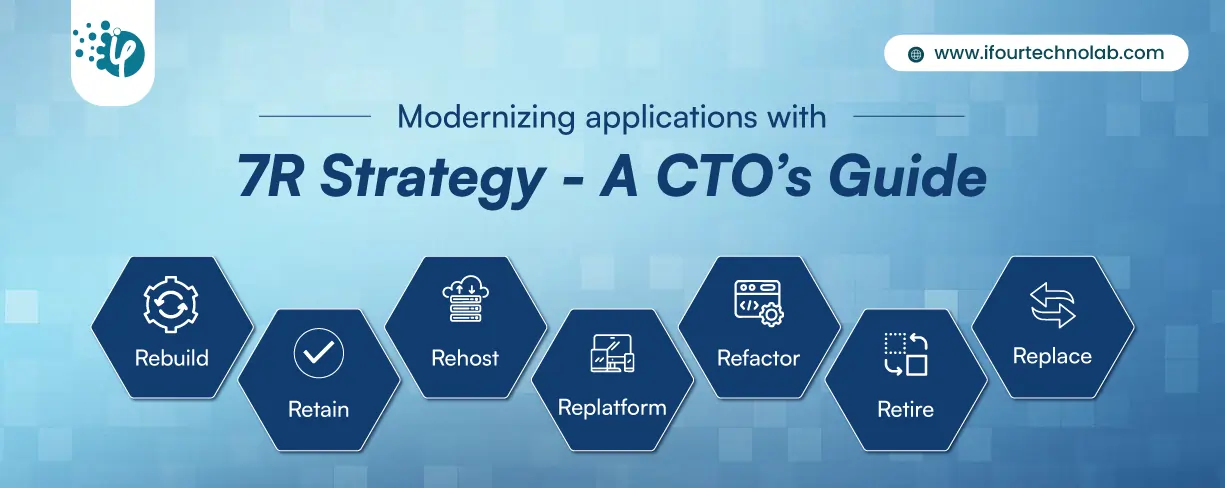
Modernizing applications with the 7 R strategy – A CTO’s Guide
October 16, 2025

Top Shift Left security Best Practices CTOs should consider
October 10, 2025
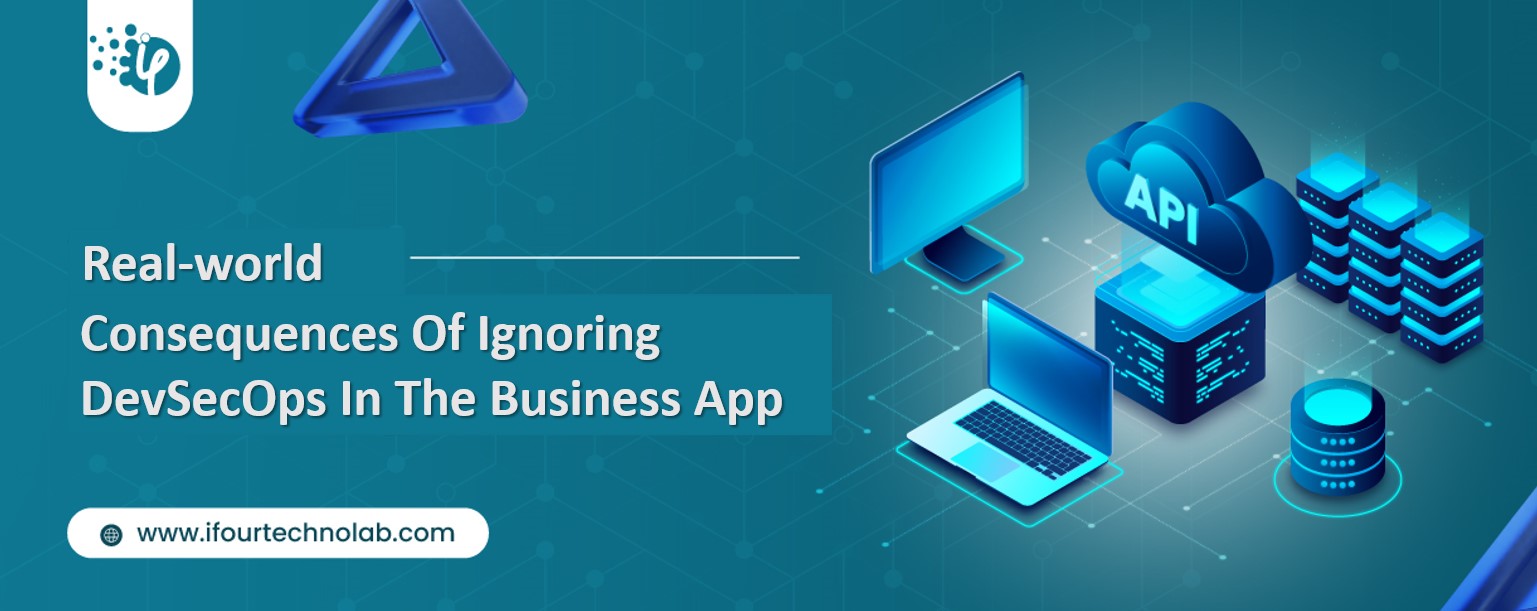
Real-world Consequences of Ignoring DevSecOps In Your Strategy
September 29, 2025
Categories

